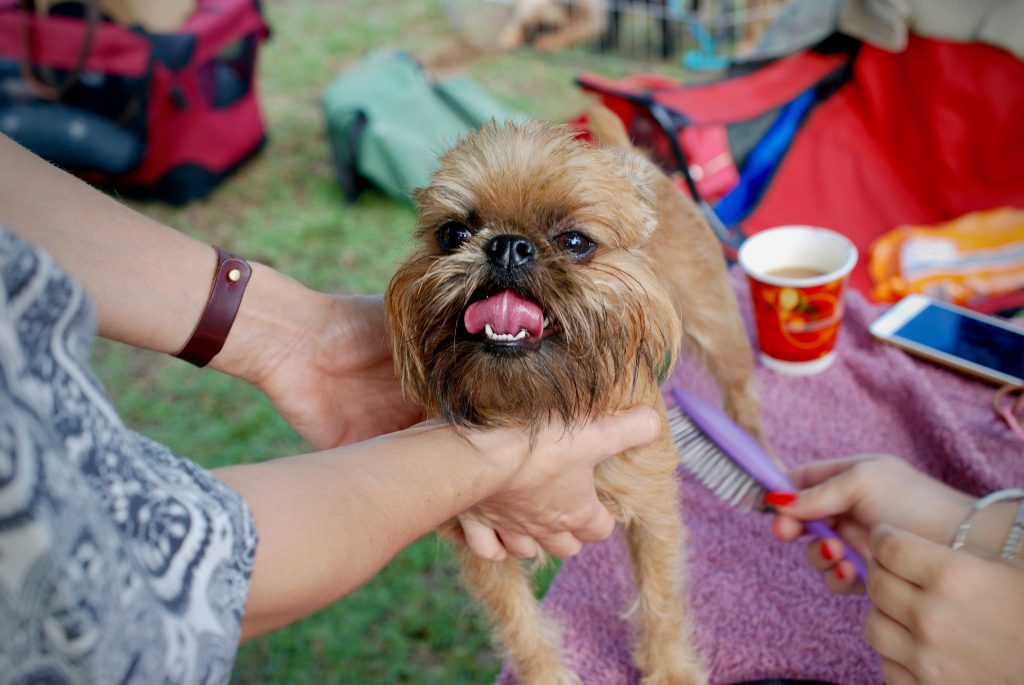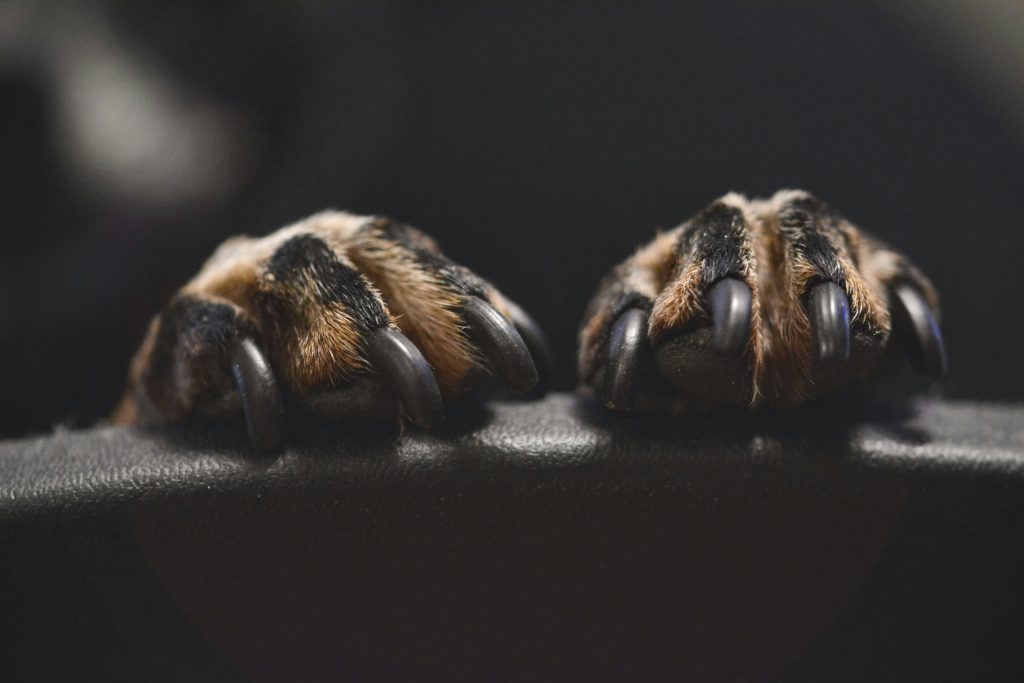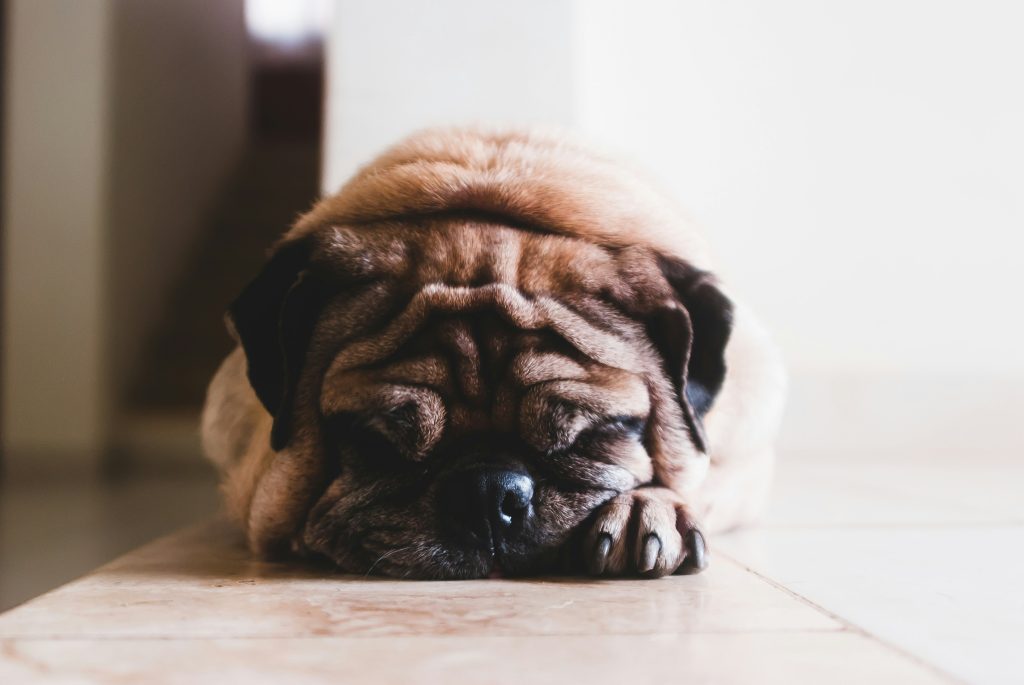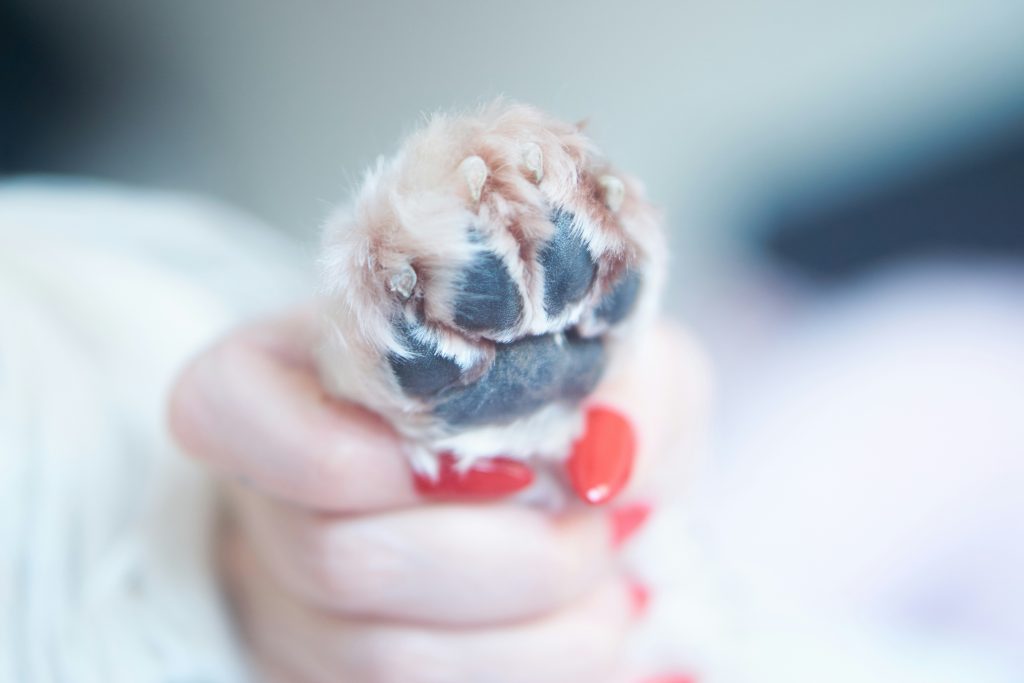Why Regular Dog Nail Trimming is Essential for Your Furry Friends Health and Happiness
Regular dog nail trimming is necessary for a dogs health and happiness, as long nails can cause discomfort, injury, and serious health implications if neglected. Proper nail trimming techniques and tools, as well as familiarizing dogs with the process, are discussed in this article, emphasizing the overall importance of regular nail maintenance for dogs.
Importance of Regular Dog Nail Trimming
Regular nail trimming is a crucial aspect of maintaining a dog’s overall health and happiness. Even dogs that don’t run on hard surfaces need their nails trimmed to prevent discomfort and potential injury. Long nails can get caught in surfaces, leading to pain and discomfort for the dog.
Long nails can also impact a dog’s health in various ways. For instance, overgrown nails can affect weight distribution and natural alignment, leaving dogs more susceptible to injuries such as strains and sprains. Additionally, neglected nail trimming can result in the nails curving and growing into the pad of the foot, causing pain and potentially leading to infections. This highlights the necessity of regular nail trimming as an essential component of proactive pet care.
Furthermore, the significance of regular nail trimming goes beyond just the physical implications for dogs. Unkempt nails can cause distress and discomfort, affecting the mental and emotional well-being of the pet. Dogs with overgrown nails may experience difficulty in walking or standing, leading to a decreased quality of life and overall happiness. Therefore, by prioritizing regular nail trimming, dog owners can ensure that their pets remain both physically and emotionally healthy, contributing to a better quality of life for the animals.
Health Implications of Neglecting Nail Trimming
Neglecting regular nail trimming can have serious implications for a dog’s health and happiness. Overgrown nails can not only cause discomfort but also have a detrimental impact on a dog’s well-being. When nails become excessively long, they can interfere with the dog’s gait and weight distribution, leading to potential musculoskeletal issues and injuries. For instance, long nails can alter the natural alignment of a dog’s paw, making them more susceptible to joint strain and muscle soreness. Furthermore, overgrown nails can curve and grow into the sensitive pad of the foot, causing pain and increasing the risk of infections, which can be incredibly uncomfortable and distressing for the dog.
In addition, the neglect of nail trimming can lead to a cycle of discomfort and anxiety for both the dog and its owner. When nails are left unattended and become overgrown, any attempts to trim them can be met with resistance and fear from the dog. This not only makes the process unpleasant but can also lead to stress and anxiety for the owner, as they witness their pet in distress. Therefore, it is clear that regular nail trimming is not only a matter of physical health but also plays a significant role in the emotional well-being of the dog and its owner. It is essential to prioritize regular nail maintenance to ensure the overall comfort and health of our canine companions.
Nail Trimming Techniques and Tools
Proper nail trimming is not only a grooming task but also a crucial aspect of a dog’s overall health and well-being. Neglecting nail trimming can lead to various health issues, making it essential for dog owners to understand the importance of this practice. Long nails can cause discomfort and even lead to injuries, affecting a dog’s mobility and overall quality of life.
When it comes to the proper technique for trimming a dog’s nails, it’s vital to follow specific steps to ensure the safety and comfort of the dog. Holding the paw firmly but gently is important to prevent any sudden movements that could lead to accidental cuts. It’s also crucial to avoid cutting into the quick, which is the sensitive part of the nail that contains nerves and blood vessels. Cutting into the quick can cause pain and bleeding, leading to a negative experience for both the dog and the owner.
Moreover, the availability of different tools for trimming dog nails provides dog owners with options that best suit their dog’s needs. Nail clippers, guillotine trimmers, and grinders each have their advantages and may be preferable based on the dog’s size, nail thickness, and the owner’s comfort level with using the tools. For instance, nail grinders are often recommended for dogs with black nails, as they allow for more precision and reduce the risk of cutting into the quick. Understanding the differences between these tools and how to use them effectively is essential for carrying out safe and successful nail trimming sessions at home.
By being mindful of the specific techniques and tools for nail trimming, dog owners can ensure that their pets receive the care they need to maintain healthy and comfortable paws, contributing to their overall well-being and happiness.
Familiarizing Dogs with Nail Trimming
Familiarizing dogs with the nail trimming process slowly is essential for their well-being and comfort. One effective way to introduce a dog to nail trimming is by creating positive associations. This can be achieved by offering treats, praise, and gentle petting during the process. By using positive reinforcement, dogs can gradually learn to tolerate and even enjoy the nail trimming experience. For example, pet owners can start by touching the dog’s feet, then gradually progress to using the nail trimming tool, all the while providing encouragement and rewards for the dog’s cooperation.
In addition to positive reinforcement, pet owners can also employ desensitization techniques to familiarize their dogs with nail trimming. This involves exposing the dog to the sight and sound of the nail trimming tools in a non-threatening environment. By gradually increasing the dog’s exposure to the tools, they can become more comfortable and less anxious during the actual nail trimming process. Over time, the dog can become desensitized to the sight and sound of the tools, making the nail trimming experience less stressful for both the dog and the owner.
Furthermore, it’s important to note that the introduction to nail trimming should start early in a dog’s life. Puppies should be gently handled, including their paws, to help them become accustomed to human touch and grooming procedures. By incorporating nail trimming as part of the regular grooming routine from a young age, dogs are more likely to accept and cooperate during the process as they grow older. This gradual and positive introduction to nail trimming can significantly contribute to a dog’s overall well-being and happiness, reducing stress and anxiety associated with grooming activities.
Conclusion
Regular nail trimming is not just a grooming task, but an essential part of maintaining a dog’s overall health and well-being. Neglecting this aspect of care can lead to discomfort, pain, and potential injuries for the pet. Long, unkempt nails can cause serious damage to a dog’s health, affecting their weight distribution and natural alignment. This can leave them more susceptible to injuries and can even lead to conditions like arthritis and sore muscles.
It’s crucial for dog owners to understand the impact of long nails on their pet’s health and to commit to a regular nail maintenance routine. For instance, long nails can lead to infections when they curve and grow into the pad of the foot, causing pain and discomfort for the dog. This underscores the necessity of regular nail trimming to prevent such issues and ensure the pet remains healthy and active.
Therefore, dog owners should introduce their pets to nail trimming gradually and use positive reinforcement to make the experience as stress-free as possible. This not only ensures the dog’s comfort but also establishes a positive association with the nail trimming process. Additionally, it’s important to use the right tools for the job, such as nail clippers, guillotine trimmers, or grinders, to make the process efficient and safe. By prioritizing regular nail trimming and familiarizing dogs with the process, pet owners play a crucial role in safeguarding their furry friend’s health and happiness.




